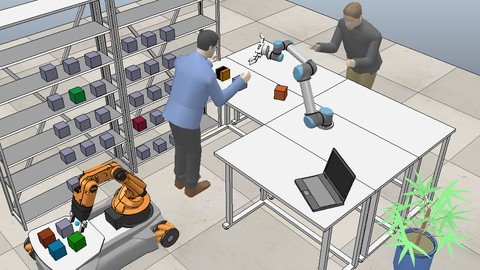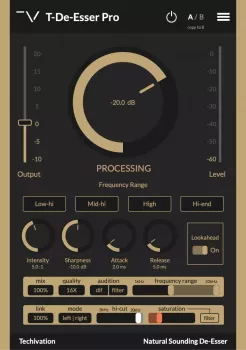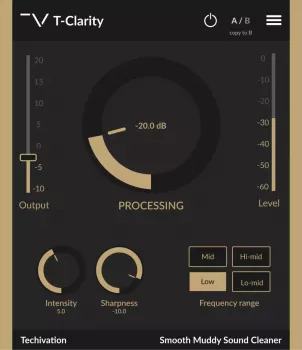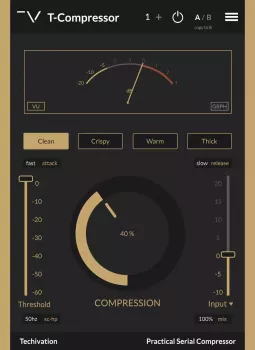
Published 7/2022
MP4 | Video: h264, 1280×720 | Audio: AAC, 44.1 KHz
Language: English | Size: 1.28 GB | Duration: 3h 58m
Learn the fundamentals to understand, design, and evaluate Human-Robot Interaction (HRI) systems
What you’ll learn
Learn about the fundamentals of the Human-Robot Interaction (HRI) area.
Understand HRI design concepts such as: interface design, productivity, and safety.
Study evaluation metrics of HRI systems such as: mission effectiveness, human and robot efficiency, cognitive indicators, among others.
Understand design concepts such as level of autonomy from the HRI point of view, types of robot models, team structure, among others.
Design the taxonomy of an HRI system
Measurement of human factors such as mental and physical work demand, sleepiness, among others.
Artificial intelligence applications in HRI systems
Design and evaluate HRI systems for different applications
Requirements
Basic knowledge of robotics and artificial intelligence (desirable but not essential)
No prior programming experience is required. This course covers theory and applications.
Basic knowledge of mathematics (desirable but not essential)
Description
This course presents the fundamentals of a new area of research related to robotics called Human-Robot Interaction (HRI), which is based on the physical, cognitive, and social interaction between humans and robots. The HRI area focuses on understanding, designing, and evaluating the interaction between humans and robots that can communicate and/or share the physical space or workspace. The motivation for using HRI systems for an application where humans and robots can interact and cooperate is to reap the benefits of both worlds. For example, robots are great at performing repetitive and precise tasks, but they are not always useful for tasks that are complex or performed in unstructured environments. Humans, on the other hand, are excellent at complex manual tasks, have creativity, and excellent problem-solving skills, but tend to get tired or distracted easily. Among the main benefits of collaboration between humans and robots is to increase the productivity or efficiency of a process or a particular task, while reducing the workload of the human, and giving support to it in tasks that require it.The theoretical foundations of the course, as well as the applications and case studies presented, will serve as a basis for students and professionals to work or investigate various applications that are not easy to fully automate, and that can benefit from interaction and cooperation between humans and robots.
Overview
Section 1: Glimpse of the course
Lecture 1 Course introduction
Section 2: Introduction to robotics
Lecture 2 Introduction to robots control
Lecture 3 Classification of robots
Lecture 4 Robot types
Section 3: Introduction to Human-Robot Interaction (HRI)
Lecture 5 Introduction to Human-Robot Interaction (HRI) – Part 1
Lecture 6 Introduction to Human-Robot Interaction (HRI) – Part 2
Lecture 7 Introduction to Human-Robot Interaction (HRI) – Part 3
Lecture 8 Architecture for social Interaction
Lecture 9 Architecture for social Interaction – Example
Lecture 10 Brief history of HRI
Section 4: HRI system design
Lecture 11 Key aspects of an HRI system
Lecture 12 General concepts (part 1) – Interfaces and communication
Lecture 13 General concepts (part 2) – Productivity and profitability
Lecture 14 General concepts (part 3) – Safety with ISO and ANSI standards
Lecture 15 General concepts – Example
Lecture 16 Metrics for HRI systems (part 1) – Types of metrics
Lecture 17 Metrics for HRI systems (part 2) – Mission effectiveness
Lecture 18 Metrics for HRI systems (part 3) – Human metrics
Lecture 19 Metrics for HRI systems (part 4) – Robot metrics
Lecture 20 Metrics for HRI systems (part 5) – Neglect tolerance
Lecture 21 Metrics for HRI systems (part 6) – Interaction effort
Lecture 22 Metrics for HRI systems (part 7) – Robot attention demand
Lecture 23 Metrics for HRI systems (part 8) – Free time
Lecture 24 Metrics for HRI systems (part 9) – Fan out
Lecture 25 Metrics for HRI systems (part 10) – Collaborative metrics – part 1
Lecture 26 Metrics for HRI systems (part 11) – Collaborative metrics – part 2
Lecture 27 Metrics for HRI systems – Example – part 1
Lecture 28 Metrics for HRI systems – Example – part 2
Lecture 29 Metrics for HRI systems – Example – part 3
Lecture 30 Metrics for HRI systems – Example – part 4
Lecture 31 Design concepts for HRI systems – part 1
Lecture 32 Design concepts for HRI systems – part 2
Lecture 33 Design concepts for HRI systems – part 3
Lecture 34 Design concepts for HRI systems – Example (part 1)
Lecture 35 Design concepts for HRI systems – Example (part 2)
Lecture 36 Design concepts for HRI systems – Example (part 3)
Lecture 37 Taxonomy for HRI systems
Lecture 38 Taxonomy for HRI systems – Example
Lecture 39 Human factors in HRI systems
Lecture 40 Human factors in HRI systems – Example (part 1)
Lecture 41 Human factors in HRI systems – Example (part 2)
Lecture 42 Human factors in HRI systems – Example (part 3)
Lecture 43 Robotics and artificial intelligence – Concepts and an HRI application – p1
Lecture 44 Robotics and artificial intelligence – Concepts and an HRI application – p2
Section 5: HRI Application Case Study
Lecture 45 HRI Application Case Study – Mobile Assistive Robot (Part 1)
Lecture 46 HRI Application Case Study – Mobile Assistive Robot (Part 2)
Section 6: Congratulations and farewell from the course
Lecture 47 Congratulations and farewell from the course
This class is mainly theoretical and is open to anyone who wants to learn about the area of human-robot interaction. This applies to undergraduate and graduate engineering students, robotics researchers, as well as people working in technology and innovation companies.
Password/解压密码www.tbtos.com






评论0